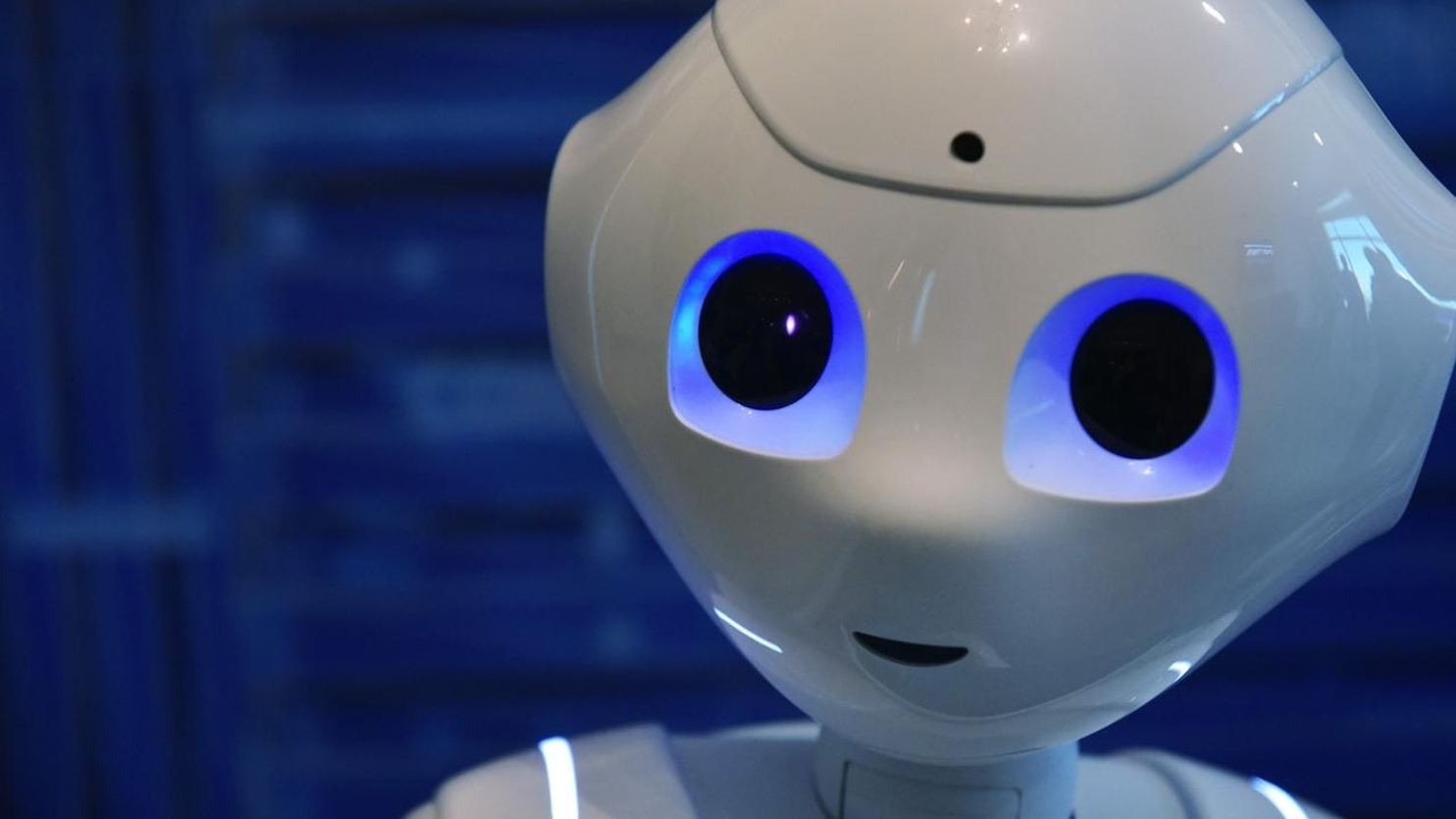Medical robots are revolutionising healthcare in Australia by enhancing surgical precision, streamlining hospital operations, and improving patient outcomes.
As of 2024, robotic-assisted surgeries and diagnostic systems have significantly grown in adoption, supported by notable advancements in AI and robotics.
This report explores the integration of medical robots in Australian healthcare, highlighting their applications, statistical impact, challenges, and future potential.
Introduction
Medical robots integrate artificial intelligence (AI), robotics, and machine learning to deliver innovative solutions in healthcare. Australia, with its advanced medical infrastructure, has embraced robotic systems for applications ranging from surgery to rehabilitation.
Applications of Medical Robots in Australia
1. Surgical Robots
- Prevalence: Over 162 robotic systems are currently deployed across Australasia, with 26 in public hospitals. These are primarily used for urology, gynaecology, and general surgeries.
- Impact: Robotic-assisted surgery reduces blood loss by 50%, shortens hospital stays (often to 24 hours), and improves cosmetic and functional outcomes. For instance, the da Vinci Surgical System has performed over 6 million procedures globally, including many in Australia
2. Diagnostic Robots
- Efficiency: AI-powered diagnostic robots help analyse imaging data, such as MRIs and CT scans, more quickly and accurately than traditional methods. This leads to faster diagnoses of conditions like cancer and neurological disorders
3. Rehabilitation and Elderly Care
- Rehabilitation robots, such as exoskeletons, assist patients recovering from strokes or injuries. Social robots, like PARO, provide emotional support, increasingly adopted in Australian aged care facilities to improve mental well-being.
4. Cleanroom and Hospital Automation
- Cleanroom robots maintain sterile environments critical in hospitals and labs. Autonomous delivery robots are increasingly used for transporting medical supplies, ensuring efficiency and reducing human error
Statistical Highlights
- Market Growth: The medical robotics market in Australia is projected to grow by 16.55% annually from 2024 to 2030
- Surgical Outcomes: Robotic systems reduce post-operative complications by up to 20% and decrease the need for blood transfusions
- Cost-Effectiveness: Although the initial investment is high, hospitals report significant long-term savings due to reduced patient recovery times and lower complication rates.
Challenges
- Cost: Advanced robotics like the da Vinci Surgical System can cost millions per unit, limiting access for smaller hospitals
- Ethical Concerns: Privacy risks and questions about the level of human oversight in AI-driven diagnoses remain significant issues
- Workforce Adaptation: Training staff to work with advanced robotics is a logistical and financial challenge
Recommendations
- Increase Accessibility: Subsidise robotic systems for rural and smaller healthcare providers to bridge the gap in healthcare quality.
- Focus on Training: Develop comprehensive training programs for healthcare professionals to integrate robotics seamlessly.
- Strengthen Regulations: Implement robust frameworks to ensure ethical AI use, data privacy, and patient safety.
The climate of robotic-assisted surgery education in Australia
Australia has witnessed a notable rise in the adoption of Robotic-Assisted Surgery (RAS), with general surgery leading the charge as the fastest-growing area for this technology.
Between 2008 and 2023, the share of general surgical RAS increased from just 1% to 17% of all RAS procedures in Australasia. By May 2023, there were 162 robotic platforms across the region, 26 of which were in the public sector.
As the cost of setting up RAS systems decreases, it’s expected that public hospitals will soon have greater access to this technology.
Despite the growing demand, many specialties, including general surgery, lack a standard RAS curriculum for trainees. It is crucial for Australia to develop its own curriculum, similar to those of our international counterparts, to keep pace with this technological growth.
Much like our colleagues in North America, Australia has experienced rapid growth in Robotic-Assisted Surgery (RAS) since it was first introduced in 2003. At the start, much like laparoscopic surgery, RAS was met with scepticism.
Dr. Kurt Semm’s 1981 laparoscopic appendicectomy was dismissed by critics, yet laparoscopic surgery has now become a foundational element of minimally invasive procedures.
RAS is following a similar trajectory. In fact, general surgery has overtaken urology and gynaecology to become the fastest-growing specialty in RAS within Australasia.
Between 2008 and 2023, the proportion of general surgical RAS jumped from 1% to 17%, with colorectal procedures driving this growth.
Between 2010 and 2019, over 6,100 general surgical procedures were successfully carried out with robotic assistance. It’s evident that RAS has firmly established its place in Australasia.
However, in our publicly funded healthcare system, the uptake has been slower than anticipated, and surgical training is yet to reflect this impressive expansion.
Australia’s universal healthcare system, Medicare, funded by tax revenue and a government levy, covers a wide range of medical costs. For instance, a Low Anterior Resection, which typically costs around AUD $23,900 (USD $15,500), would be fully covered.
However, the estimated cost of setting up a ‘da Vinci Xi’ system (Intuitive Surgical, Inc.) in Australia is a substantial AUD $3.9 million (USD $2.5 million), plus an additional AUD $621,245 (USD $399,404) for a three-year service contract.
The significant cost creates a barrier for hospitals relying on Medicare. As of May 2023, there were 162 robotic platforms in Australasia, but only 26 of these are in the public sector, highlighting a clear socio-economic divide.
With greater access to robotic technology, there must also be an increase in robotic training, with surgeons being exposed to these systems earlier in their careers.
Ideally, this exposure should be integrated into formalised Surgical Education and Training (SET) programmes, similar to American residency programmes.
This would also ensure that RAS training becomes part of the standard surgical education pathway, rather than being developed later in a surgeon’s fellowship or early consultant year.
Designing Medical Robots Of The future
At the UNSW Medical Robotics Lab, researchers are pioneering medical devices aimed at improving the quality of human life.
A team of engineers, neuroscientists, and medical professionals collaborate to develop cutting-edge medical technologies, including wearable haptic devices and soft robotics.
Their work is focused on creating devices that are not only more precise and effective but also less invasive and more affordable.
As UNSW marks its 75th anniversary, the Medical Robotics Lab is looking to the future with projects targeting areas such as flexible, miniature surgical systems for treating gastrointestinal cancer and cardiovascular disease, soft robotics, wearable haptic technologies, assistive devices, artificial organs, programmable textile muscles, and advanced control systems.
Recently, a team from UNSW Sydney’s Graduate School of Biomedical Engineering and the Tyree Foundation Institute of Health Engineering, led by Dr Thanh Nho Do, unveiled an innovative class of smart textiles.
The textile is made from tiny, soft artificial ‘muscles’—silicon tubes filled with fluid, which can be manipulated hydraulically to create movement.
Encased in a helical coil of traditional fibres, these artificial muscles can be programmed to expand or contract into various shapes depending on their initial design.
The potential applications for these smart textiles are vast, ranging from compression garments used in medical and health contexts to wearable assistive devices for those needing mobility support.
They may also be used in shape-shifting soft robots that could assist in rescuing individuals trapped in confined spaces.
According to the UNSW Medical Robotics Lab smart textile can either be attached to existing passive material, or the artificial muscles can be inter-woven with traditional yarn to create an active fabric.
“These ‘smart fluid textiles’ take the advantage of hydraulic pressure and add the fast response, lightweight, high flexibility and small size of soft artificial muscles.
“In effect, we have given our smart textiles the expansion and contraction ability in the exact same way as human muscle fibres,” said Scientia Senior Lecturer Dr Do.
“Our smart textiles can be programmed to perform various desired motions and deformations such as shape-shifting structures from 2D to 3D,”
“This material has significant benefits as it is made from miniature soft artificial muscles which offer a thin, flexible, and highly conformable structure.” he said
Dr Do has also helped pioneered to the development of a miniature and flexible soft robotic arm, opens in a new window which could be used to 3D print biomaterial directly onto organs inside a person’s body and perform endoscopic surgery to remove cancers..
This technology was selected as one of the Top 4 Robots of The Year, opens in a new window in December 2023 by Thomson Reuters. It was also featured by WHO as one of the drivers of future developments in 3D bioprinting and global health, opens in a new window.
3D bioprinting is a process whereby biomedical parts are fabricated from so-called bioink to construct natural tissue-like structures.
Bioprinting is predominantly used for research purposes such as tissue engineering and in the development of new drugs – and normally requires the use of large 3D printing machines to produce cellular structures outside the living body.
The new research from the UNSW Medical Robotics Lab resulted in a tiny flexible 3D bioprinter that has the ability to be inserted into the body just like an endoscope and directly deliver multilayered biomaterials onto the surface of internal organs and tissues.
The proof-of-concept device, known as F3DB, features a highly manoeuvrable swivel head that ‘prints’ the bioink, attached to the end of a long and flexible snake-like robotic arm, all of which can be controlled externally.
The research team say that with further development, and potentially within five to seven years, the technology could be used by medical professionals to access hard-to-reach areas inside the body via small skin incisions or natural orifices.
Remote-Controlled Medical Robots Bring Metropolitan Healthcare To Outback Patients
A robot, operated by healthcare workers in Brisbane, is now scanning patients’ hearts over 1,000 kilometres away in the Queensland outback.
Sonographers at the Royal Brisbane and Women’s Hospital (RBWH) use a handheld controller, similar to a gaming device, to remotely manoeuvre the robot and perform heart scans on patients in Longreach, located in the state’s remote central west.
This Queensland-designed, remote-controlled robot is being hailed as a world-first and is expected to significantly reduce the challenges posed by distance for patients living in rural and regional areas.
The technology aims to eliminate the need for many outback Queenslanders to travel hundreds of kilometres to a major medical centre, or wait months for an outreach team to provide them with a potentially lifesaving heart ultrasound, known as an echocardiogram.
Echocardiography is a vital diagnostic tool for heart specialists, offering detailed images of the heart’s structural components. It plays a crucial role in diagnosing conditions such as heart failure and rheumatic heart disease.
Longreach bank manager Mai Cameron had a defibrillator implanted, in Brisbane in November 2022, after heart monitoring detected a dangerously low heart rate which put her at risk of a stroke.
The defibrillator detects and corrects abnormal heart rhythms but she still requires regular heart scans to monitor the condition.
Ms Cameron said the robot meant she wouldn’t have to leave Longreach for her scans, saving her at least three days of travel and the corresponding costs.
Conclusion & Summary
Medical robots are revolutionising healthcare delivery in Australia, offering unparalleled precision and efficiency. However, addressing the cost and ethical challenges will be critical to maximising their potential.
With continued investment and innovation, Australia can remain at the forefront of this transformative technology.
For additional reading on the topic: (References)
- Australian Institute of Health and Welfare 2024 report
- WorldMetrics Medical Robotics Overview
- Grand View Research Market Analysis
- UNSW Medical Robotics Lab







